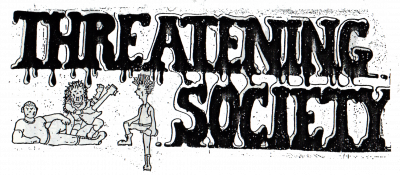GREY MATTER: SOME OF THE ABUSES OUR TAXES SUPPORT
[Originally published: Issue #3, circa 1987]
By People For Ethical Treatment Of Animals
60-100 million animals are sacrificed each year in our nation’s hospitals, universities, goverment laboratories, and private institutions. Contrary to what most of the general pubic think, the bulk of animal experimentation consists of duplicative, painful, costly, and unnecessary forms of research. Here are a few examples of what we pay for today:
* $1,000,000 to study the mother love of monkeys and apes: In a series of experiments at the University of Wisconsin, dozens of chimpanzees, our nearest relatives, were taken away from their mothers at birth, and kept isolated in bare, wire cages for periods of five to eight years. While in solitary confinement, their behavior was
observed through one-way glass. Conclusion: animals so confined develop stereo-typed, compulsive behaviors such as clasping their hands and rocking, or chewing themselves raw.
* $500,000 to discover why monkeys clench their jaws in anger; $102,000 to study the effects of gin as compared to tequila in Atlantic fish: $30,000 to turn rats – natural teetotallers – into alcoholics: $1,000,000 to study the mating call of the mosquito; $148,000 to determine why chickens grow feathers; $525,000 to study the differences in vomiting mechanisms between cats anc dogs.
United Action for Animals has documented thousands of instances like the ones listed below:
* At the University of Wisconsin, two researchers loaded sixteen pregnant cows into a truck and hauled then over a bumpy road, isolated them in crates, forced thea to fight each other, shocked them with electric prods to determine the effects altered environments on milk in pigs.
* At the Kansas State University, beagles arid mixed breed dogs were force-fed ethylene glycol to demonstrate the effects of anti-freeze poisoning. Predictably, the dogs suffered loss of coodination, vomiting, depression of the nervous systems, weakness, paralysis, and convulsions before dying within 8-40 hours.
* For a master’s degree, two University of Texas researchers and a PhD watched the effects of oil and kerosene administered to 31 calves and one steer by stomach tube. The animals suffered painful deaths preceeced by severe vomiting, pneumonia, bloated stomachs, chest inflamation, muscie spasms, depression, and respiratory distress.
* To document the effects of punishment on behavior, researchers at Pennsylvania State University placed 25 ducklings in a box. Microphones were placed near the box to record the number and variance of distress calls the ducklings made when given electric shocks for natural actions, such as pecking at a moving object.
